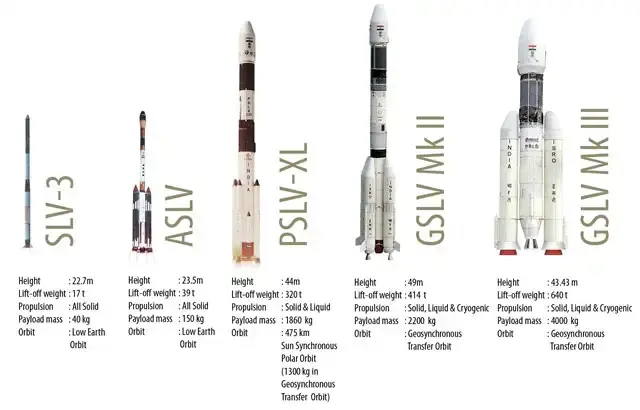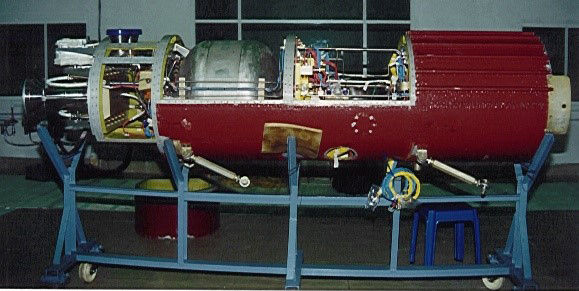ISRO - ACTIVE LAUNCHER : Part -1
- Prakash Kumar
- May 5
- 2 min read

Why the launcher, why not the booster? Because when a system, machine, or any device is made to work with its full potential, its destination, now the working function of the booster, is completely different. This device increases force, power, pressure, or effectiveness.
A launch vehicle, or Launcher, is used to carry spacecraft to space in any space research organization worldwide. Likewise, the Indian Space Research Organization (ISRO) has three active operational launch vehicles: the Polar Satellite Launch Vehicle (PSLV), the Geosynchronous Satellite Launch Vehicle (GSLV), and the Geosynchronous Satellite Launch Vehicle Mk-III (LVM3).
Polar Satellite Launch Vehicle (PSLV):
Configuration of PSLV-XL:
Gross Weight - 320 tons
Gross Height - 44.4 meters
Diameter - 2.8 meters
Feature - 04 stage vehicle, multiple satellite launch capability, and multiple
orbits capability
Technical Specification:
Vehicle Specifications:
Height - 44 meters
Diameter - 2.8 meters
Number of stages - 4
Lift off Mass - 320 tonnes (XL)
Variants - 4 (PSLV, CA, DL, QL, XL)
First Flight - September 20, 1993
Payload Fairing
The PSLV can place multiple payloads into orbit; thus, in the payload fairing, multi-payload adaptors are used, resulting in the feat of launching 10 satellites in a single mission into different orbits in 2008. In 2016, eight satellites were launched successfully into two different orbits in a single mission from the First Launch Pad, and 103 co-passenger satellites and the Cartosat-2 series satellites were launched by the 39th flight of PSLV-C37. PSLV C52 launched EOS-04, INS-2TD & InspireSat-1 into their designated orbits successfully on 14th February.
First Stage: PSI
S139 solid rocket motor that is augmented by 6 solid strap-on boosters was used in PSLV.
Engine S139
Fuel HTPB
Max. Thrust 4
Secondary Injection Thrust Vector (SITVC) for PS1 Stage

The dimension of the PS1 stage is defined as follows:
2.8 m diameter with 139 tonnes of Hydroxyl Terminated Poly Butadiene (HTPB) propellant and a composite nozzle of area ratio 8.
At 35% of the length of the nozzle throat to exit, injecting an aqueous solution of Strontium Perchlorate [Sr(ClO4)2]in the nozzle divergent allows the pitch and yaw control of PSLV during the thrust phase of the PS1 motor.
Specification of SITVC:
Propellant - Sr(ClO4)2
PS1 SITVC for pitch & yaw control (24 Valves):
Flow Rate 12 l/s
Side Thrust 20 t max.
Number of injectors 24 in quadrants of 6 each
PS0 SITVC for roll augmentation (2 valves/motor):
Flow Rate 3.7 l/s
Side Thrust 600 kg
Reaction Control System (RCS) for PS1 Stage:

To meet the control requirements during the coasting phase of PS1, the RCS is designed. For PS1, RCS consists of two independent liquid engine packages mounted axially at 180° apart at the circumference of the base shroud.
Specification of PS1 RCS:
Thrust Main Engine 640 kgf
ACS Thrusters 150 kgf x 2
Propellants MMH / MON-3
Diameter 700 mm
Length 2.6 m



Comments